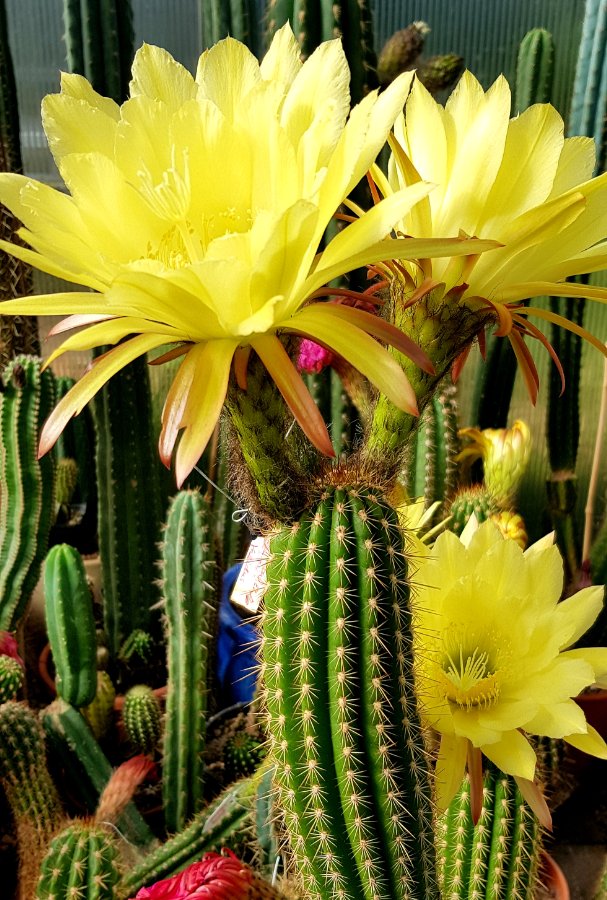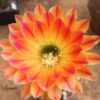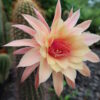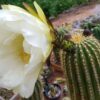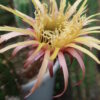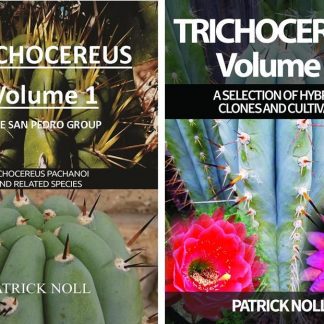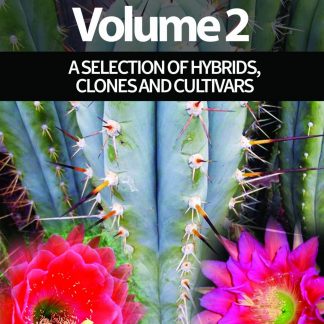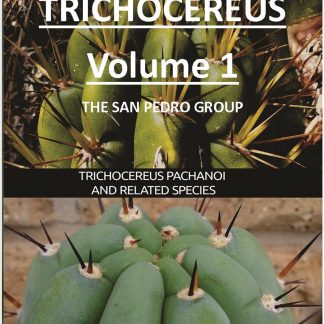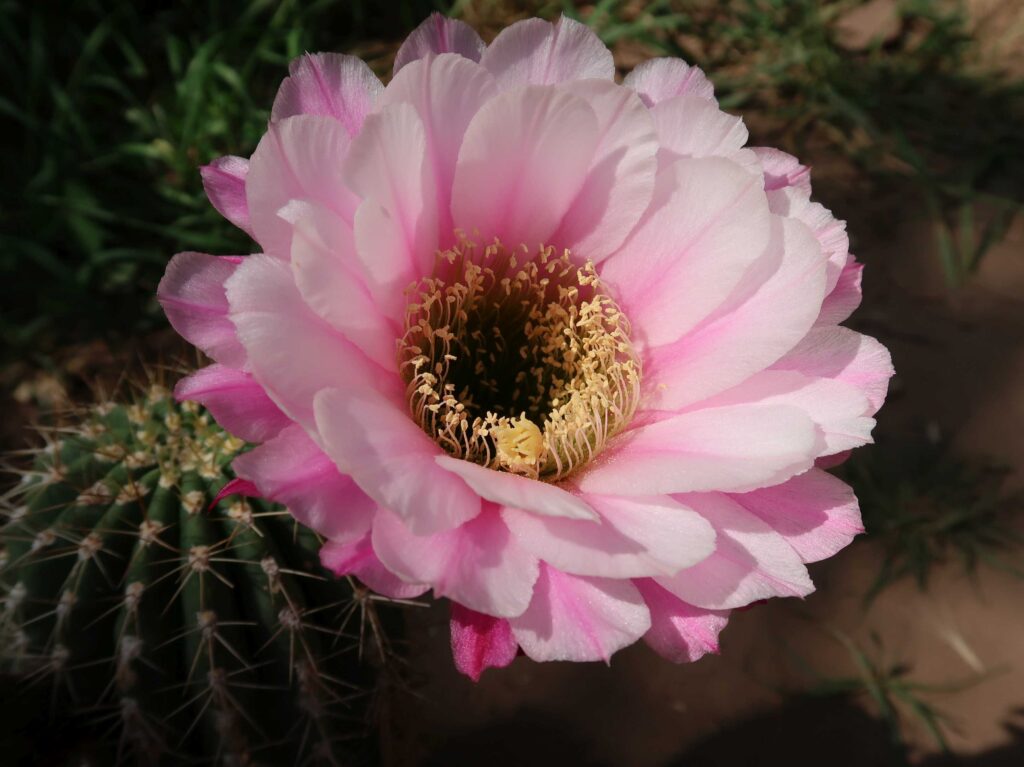
So here’s an unboxing video that I recorded a few years ago. This plant is absolutely amazing and has since then flowered a few times and gave me seeds with top notch parents like Flying Saucer. The species was once listed as Trichocereus smrzianus, then Echinopsis smrziana and now it´s Soehrensia smrziana. Lovely plants that…

